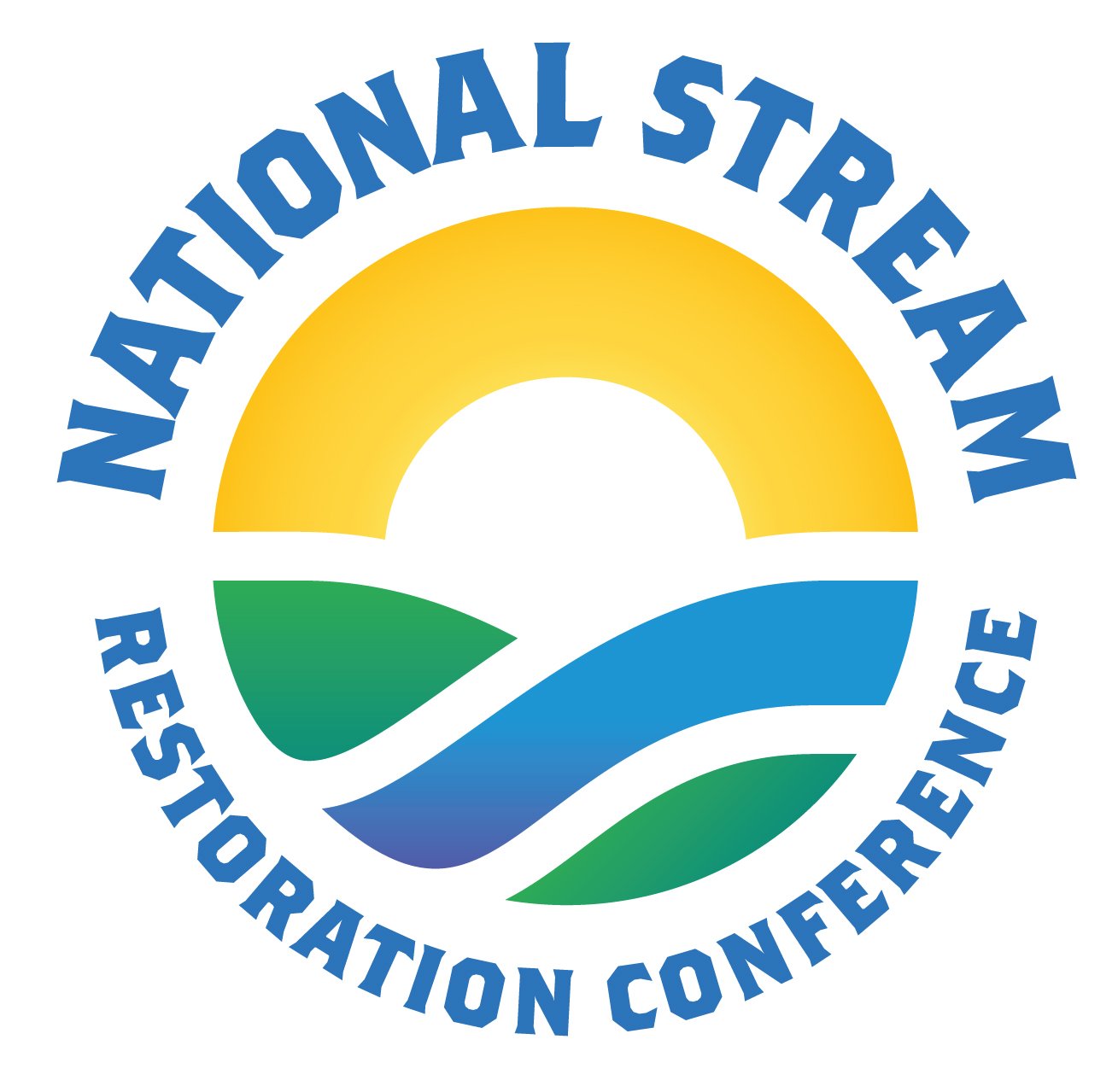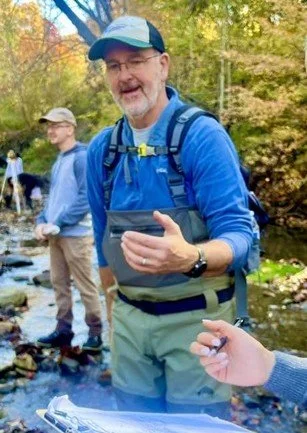Fluvial Geomorphology in the High School Classroom: Lessons Created and Learned
Michael J. Smith
University School
Washington, DC
Fluvial geomorphology is typically taken by upperclassmen or graduate students in geology, environmental science, or civil engineering. After integrating stream assessment into my high school geology course and attending workshops through Wildlands Hydrology and the Resource Institute, I created a fluvial geomorphology course for high school. I crafted lessons to guide students through field techniques on surveying, sketch maps, stream geometry, longitudinal profiles, cross-sections, pebble counts, stream classification, velocity, discharge, and dimensionless ratios. Students practiced techniques using campus streams, used MS Excel to plot data, and ran equations to classify streams and estimate velocity and discharge. Students learned about stream restoration through guest lectures from experts and by reading selected publications and chapters from textbooks. They applied their knowledge by collecting data at an unstable C4 stream, documenting 16 feet of erosion over two years along a four-foot bank and eight feet of erosion in one year at a pool with a 14-foot bank.
In this presentation, I will share the course outline and sample lessons, challenges, student feedback, and my plan to revise data collection lessons and rewriting higher level reading materials for a curriculum and teacher guide accessible to students in grades nine through twelve.
About Michael J. Smith
Dr. Michael Smith is an educator and geologist who has been connecting science, education, and public service for more than 30 years. He recently retired from University School in Hunting Valley, Ohio where he taught geology, environmental science, and biology and developed field-based projects that helped students apply science to environmental challenges in their community. He is currently serving as a 2025-2026 Albert Einstein Distinguished Educator Fellow in the U.S. Senate and focusing on infrastructure, transportation, agriculture, and environmental policy.

